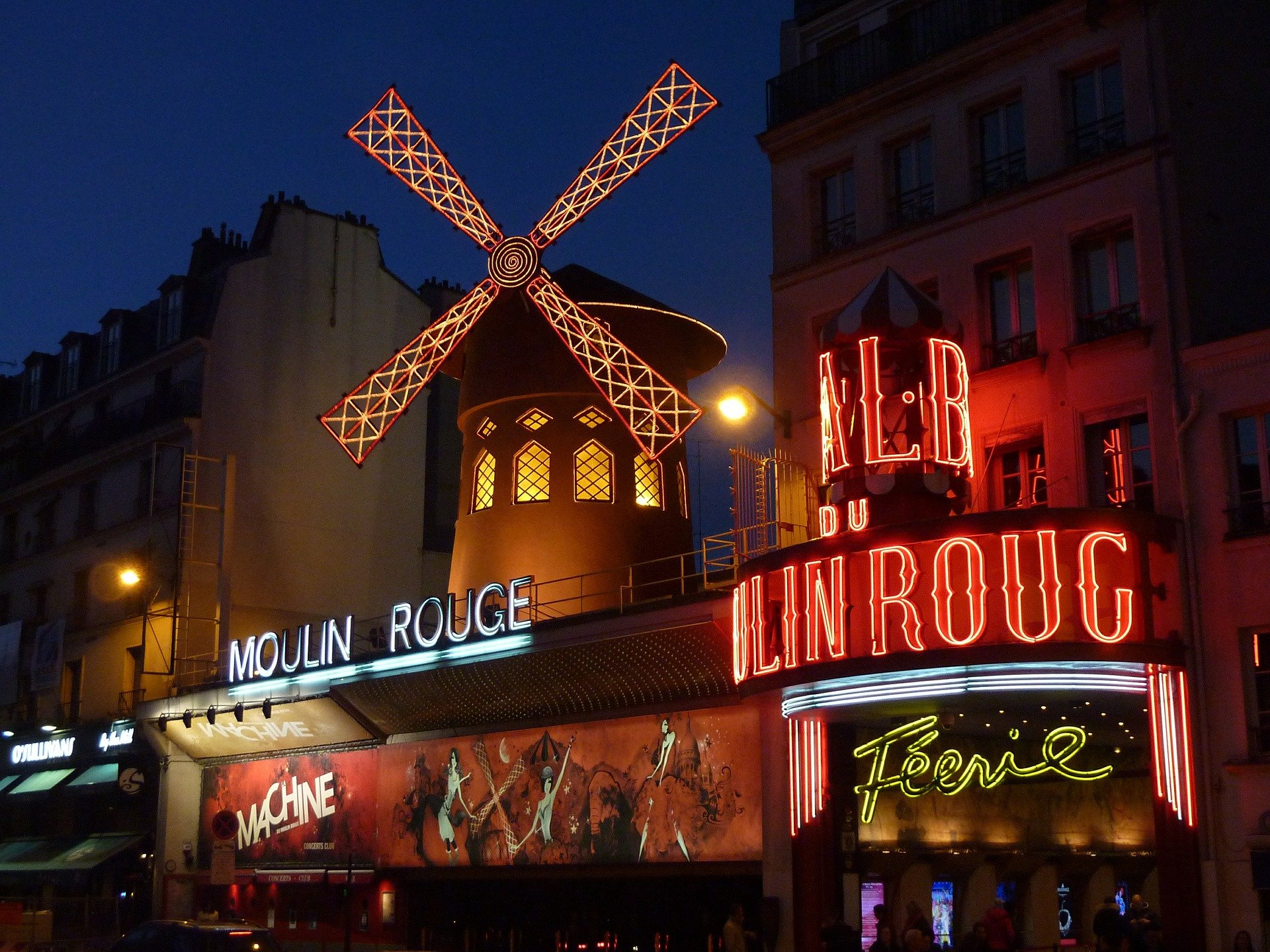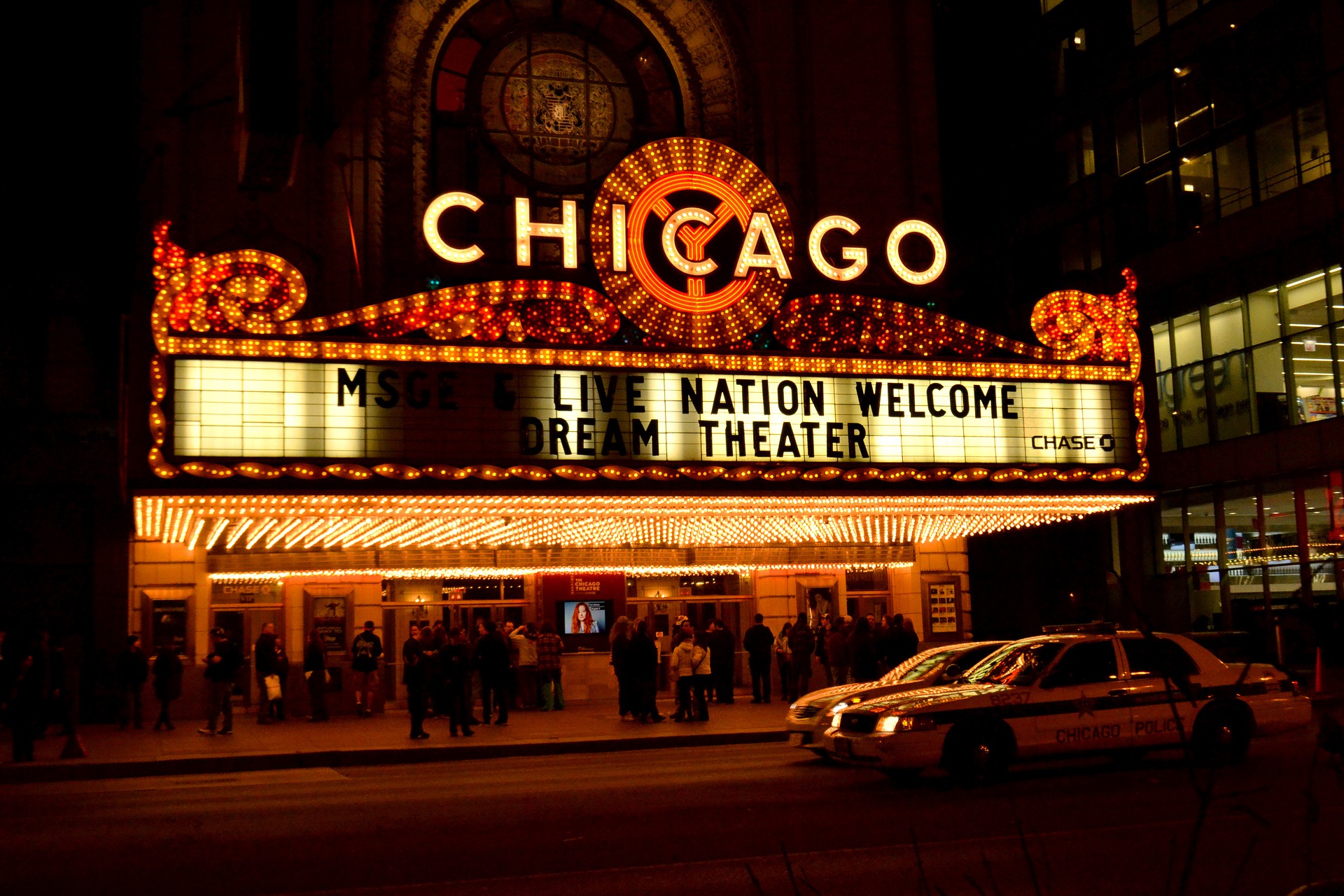The Moulin Rouge Paris, topped with a delightful windmill and coated in a layer of bright red paint, it is one of Paris’ most recognizable icons. The building dedicated to cabaret has earned quite the reputation for itself since it first appeared in the City of Love.
But not everyone is aware of its complete history. Here’s everything you need to know about Moulin Rouge, Paris.
The Story behind Moulin Rouge Paris
The Moulin Rouge, Paris was opened on October 6, 1889 by Joseph Oller, a Catalan entrepreneur, and Carles Zidler, a French showman. It was first built at the bottom of a hill in Montmartre, which was and still is an artistic neighborhood in Paris. By the middle of the 19th Century, the village had become a melting pot for everyone, regardless of their social class.
The Moulin Rouge gained popularity by being the primary hotspot for entertainment. Every night, people would pour in with the offering of a drink of champagne coupled with a show. It wasn’t long before it became known for the Can-can dancers, with their famous high kicks.
How The Windmill Came To Be
There isn’t a clear reason why there’s a windmill on the Moulin Rouge, but many historians speculate that it has to do with Montmarte containing several windmills during that time. When those windmills were no longer being used to mill flour or press grapes, they were turned into drinking establishments. It’s likely that Moulin Rouge’s founders wanted to pay homage to that change.
Unfortunately, a fire ravaged the Moulin Rouge Paris in 1915, burning almost everything to the ground. So the windmill you see today is not the original.
Getting Back On Their Feet
Over the next six years, the Moulin Rouge was rebuilt until it reopened in 1921. There was new ownership too, but the festivities continued as normal. The Moulin Rouge hosted many famous performers, such as Mistinguett (the world’s highest-paid female entertainer at the time), Jeanne Aubert, and Maurice Chevalier.
Eight years later in 1929, the ballroom in the Moulin Rouge was converted into what would be considered a nightclub. This shifted the focus of the Moulin Rouge from a dancehall to a venue hosting all kinds of musical events.
Later History
As the Moulin Rouge continued to gain popularity, it would host high-profile singers and entertainers, including Josephine Baker, Edith Piaf, and even Frank Sinatra.
In the 1960s, it fell under new management once again, Jacki Clerico, who decided to install a giant aquarium where nude dancers would swim around like mermaids. Clerico is also the one who is known for naming all of the Moulin Rouge’s shows starting with the letter “F.”
The Moulin Rouge is still in operation to this day. It now operates with roughly 80 dancers from around the world, wearing jaw-dropping costumes that will leave you amazed. The dancers are also backed by an original score, performed by 60 chorus singers and 80 musicians. So if you’re ever near Moulin Rouge, Paris, you should consider attending one of the many shows.






